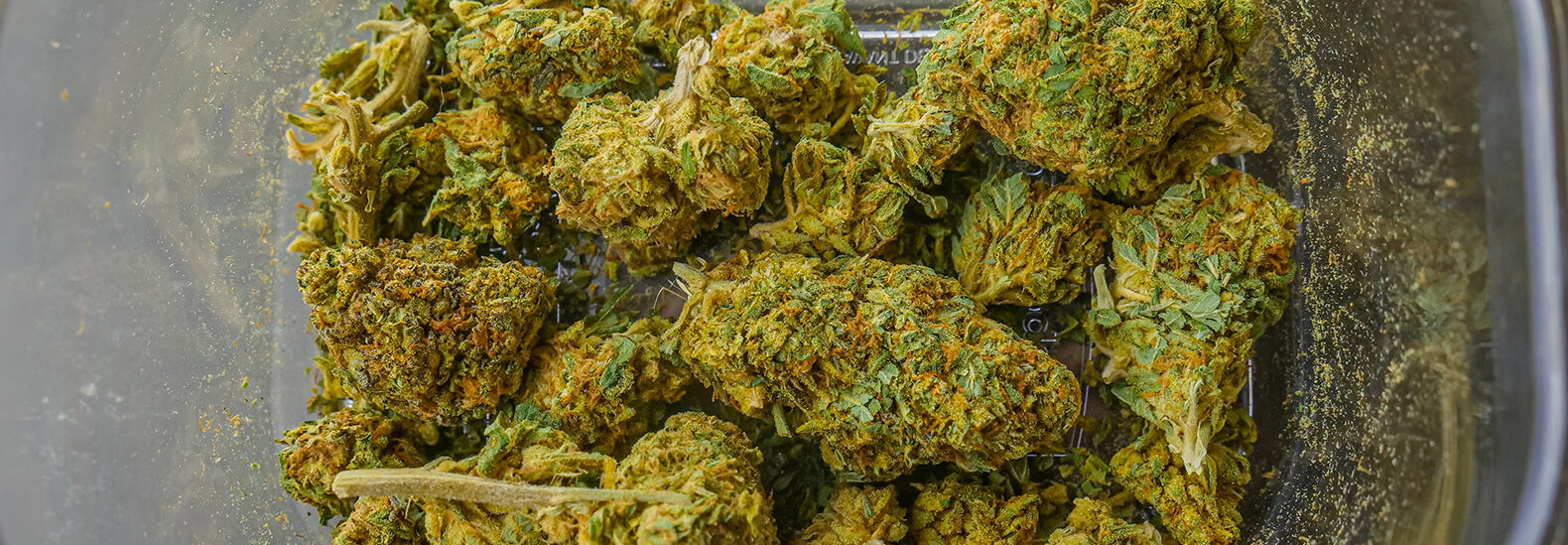Smoke it. Eat it. Rub it on. Marijuana products have become more ubiquitous in recent years as recreational use and cultivation have been legalized in many states and cities across the country. With access and demand both increasing, it begs the question, is it sustainable to grow and process marijuana?
Continue reading below
Our Featured Videos
The government and marijuana is on shaky grounds
To start, the U.S. government’s relationship with marijuana is complicated. Recorded as early as 1906, local governments have been discussing the use and purchase of cannabis products when Washington, D.C. declared that a prescription is required for cannabis drugs. The 1911 Marihuana Tax Act made it essentially federally illegal to buy recreational marijuana and was not struck down until 1969. While still federally illegal, states and cities are slowly decriminalizing marijuana while also allowing more access to both medicinal and recreational marijuana.
Related: What you need to know about CBD products
Growing cannabis is a legal nightmare with different federal, state, county and city laws all at play and often contradicting one another. For example, growing marijuana in Florida is a third-degree felony with up to five years in jail, but in California, the average person can grow up to six marijuana plants as long as they are 21 years old or older.
These rules are often in place to limit the circulation of THC, the psychoactive component in marijuana, but cultivation laws also affect CBD beauty products and hemp fabric. As cloth, hemp is a great substitute for cotton because replenishes soil in the same way cotton depletes it without regular crop rotation. As it turns out, however, it is not a particularly sustainable crop to grow without some forethought and a few upfront costs.
California’s stance on cannabis
The state of California and Los Angeles County in particular are working to understand the environmental impact of both outdoor and indoor-grown cannabis as the industry grows. Waste run-off and water consumption are two of the key factors making outdoor growth a problem in the desert state. Indoor growing has its own issues, such as electricity consumption to simulate sunlight and heat, cool and dehumidify rooms. There are some solutions, though.
Beginning in February 2022, California launched Sustainable California Grown Cannabis Pilot Program (SCGC Pilot Program). It is currently underway as it is a three-year-long grant wherein the participants in the program can help the state decide what the best management practices are for regulating and growing marijuana. The $7.5M allocated to this program did not go to any private companies, but instead went to non-profits, private and public universities, public agencies and tribal governments. This program has not run its course yet and cannot provide clear results, but it is one to watch.

What growers are doing to be more sustainable
Some growers have started doing what they can to make their business sustainable. For every 100 grams of water used at THC Design, for example, only 33 grams is actually new water from the city. This is a recycling rate of 67%. Gold Flora has implemented a costly HVAC system that has saved them money and the planet from pollution by reducing emissions used to cool their growing spaces. Ball Family Farms has stopped using hydroponic growing in favor of living soil that they are able to treat and reuse with the help of writhing earthworms. Businesses are doing what they can to improve their lucrative industry.
Municipalities should be more concerned with illegal cultivation and improper operations that are more likely to waste energy and create water and air pollution. Illegal growing operations, even in cities and states where growing is legal, are not subject to the same environmental regulations as registered growers. This can mean the use of synthetic pesticides and contamination of water supplies and public land. They are also unable to be offered enrollment in energy-saving programs established by the government, thus emitting more greenhouse gasses than are necessary were they legal, registered operations.
Cannabis is a lot more than is perceived
While growers and dispensaries experiment with growing conditions, energy-saving practices and limit waste, buyers can also pay attention to a few things to buy better marijuana products. In general, growing cannabis outdoors reduces CO2 emissions because it significantly reduces or eliminates the use of electricity in the growing process. There are some characteristics to help you identify indoor versus outdoor-grown weed, but they differ by strain. If you are ever in doubt, ask your dispensary. Products packaged with recycled or hemp-plastic, paper or glass packaging are often better for the environment, and those with Certificate of Analysis (COA) or testing results will help you know you are not consuming products with heavy metals, mold or any other contaminates.
Long story short, it is complicated. The cannabis industry is slowing down, but it still has demand. Like fashion and food, growers need to consider their impact on the planet, and there are solutions. With a variety of legal obstacles, research continues to be conducted by governments, universities and organizations across the world to better understand the impact of practices on marijuana’s sustainability. In the meantime, do your own research to find out who is growing your weed, CBD and hemp products.
Images via Pexels

